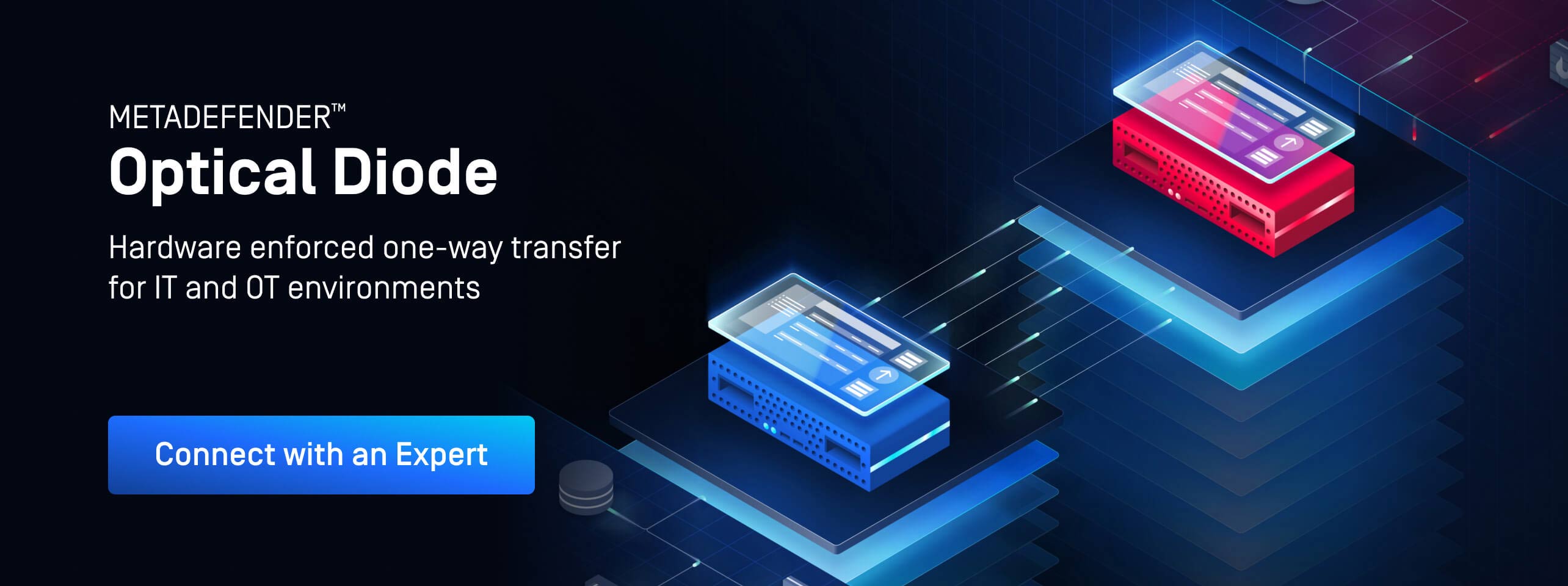As the electric power sector modernizes and integrates more digital technology, a foundational piece of this infrastructure is the DNP3 (Distributed Network Protocol 3) protocol—a widely adopted communication standard for SCADA and automation systems in the electric industry. While DNP3 helps ensure reliable and interoperable communication between devices, it also presents new cybersecurity challenges.
Why DNP3 Matters in the Electric Sector
DNP3 is the backbone of communication in many electric power systems, used to relay data between control centers, substations, and field devices. It’s favored for its ability to:
- Ensure time-stamped, event-driven updates between remote devices
- Operate in low-bandwidth environments
- Support unsolicited reporting, reducing communication load
- Enable interoperable vendor-neutral integration across the grid
But like many OT protocols, DNP3 was not originally built with cybersecurity in mind. Legacy implementations—especially those lacking secure authentication—can be vulnerable to:
- Man-in-the-middle attacks
- Data injection or manipulation
- Reconnaissance and enumeration
- Command spoofing to critical infrastructure
Given the critical nature of these systems, protecting DNP3 traffic—particularly as it crosses network boundaries—is no longer optional. That’s where data diode technology comes in.
Unidirectional Security with MetaDefender Optical Diode
MetaDefender Optical Diode is a hardware-enforced, unidirectional gateway that physically guarantees one-way data transfer, preventing any possibility of inbound threats or command injections.
By supporting DNP3 protocol parsing and transmission, MetaDefender Optical Diode enables secure data flow from high-security OT environments (like substations or power plants) to lower-security IT networks or data historians, while blocking all reverse traffic.
Key Benefits for the Electric Industry
Operational Efficiency
Reduces the need for manual data collection, remote access sessions, or costly truck rolls by allowing secure, automated data export in real time
Protocol-Aware Filtering
Ensures only valid DNP3 data types are transferred
Regulatory Compliance
Supports NERC CIP requirements for Electronic Security Perimeters (ESPs)
Hardware-Enforced isolation
No possibility of backflow, even under compromise
Real-Time Visibility
Critical operational data can be mirrored to enterprise systems safely
Improved Resource Allocation
Frees up cybersecurity and engineering teams to focus on threat mitigation and system optimization instead of manual data handling
A Real-World Use Case
Imagine a power utility monitoring transformer load and status from a remote substation. With MetaDefender Optical Diode, that data—transmitted via DNP3—can be forwarded to an IT network for long-term analysis without ever allowing a path back to the control system. Even if the IT environment is compromised, the diode ensures attackers can’t send malicious commands or manipulate OT behavior.
Looking Ahead
As grid operators adopt digital tools to improve reliability, efficiency, and predictive maintenance, the need for secure-by-design architecture becomes urgent. Supporting the DNP3 protocol within a unidirectional security gateway bridges two critical needs: operational visibility and absolute system integrity.
OPSWAT’s MetaDefender Optical Diode delivers both.
Connect with an expert today and discover how MetaDefender Optical Diode can give your organization the critical edge in protecting its secure environments and data.



